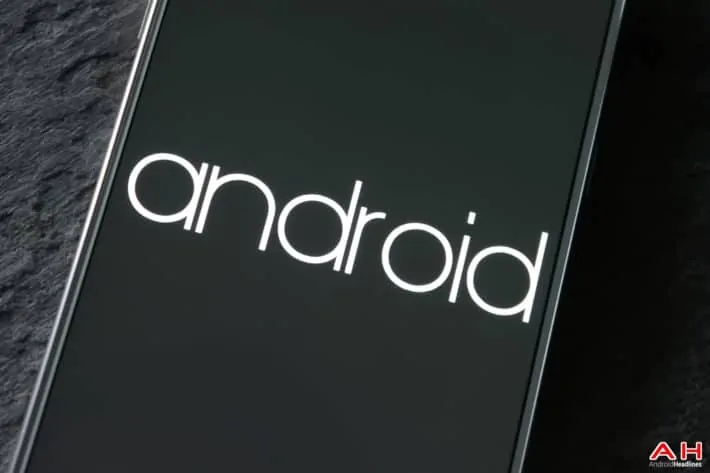Google releases a new version of its popular Android OS annually. More smartphones across the world use Android than any of its competitors, including Apple’s iOS. Google’s latest release, named Marshmallow, should make its debut on non-Nexus handsets next month, meaning now is the time to appropriately review the efforts of Android 5.0, Lollipop. The fifth generation of Android was introduced in an impressive announcement. Google had worked to radically redesign everything down to its core design philosophy. Lollipop marked the world’s first chance to interact with Material Design, a beautiful addition to Android that features elegant animations and a pleasing use of bold colors. Google also worked to provide a battery saving option that can add over an hour of extra battery life when needed. Additionally, Lollipop was given a tool to prevent factory resets. In short, Android 5.0 was no small update.
So how has Lollipop fared since its first release? Most tech sites found the new flavor of Android to be its best yet, and the design, in particular, has come to define the iconic Android experience. However, if you look at another measure of success, the reaction to Lollipop appears to be a different story. Of all the versions of Android, the fifth generation release is only installed on 23.5% of devices running Google’s OS. This might be surprising, especially given Lollipop’s enormous contribution to Android, but the fact is the operating system’s fatal flaw has always been fragmentation. Even after a year of new devices preinstalled with Lollipop and bug fixes to sway over the wary, only one in five Android smartphones has updated. Both KitKat and Jelly Bean, previous versions of Android, have significantly more share than Lollipop.
A few individual products within the realm of Android are usually handed an update soon after Google’s announcement: The Nexus devices and SIM-free phones. Google works directly with its Nexus line, which run the stock version of Android, meaning the search giant’s finished code is the same code used to operate the device. Unfortunately, all other devices have additional delays which may account for Lollipop’s poor share. Manufacturers take Google’s code and add their own customization. Though this may lead to additional features, such as an improved camera app, it just as often adds features of questionable use or even bloatware. Lollipop without any skin developed on top of it is competitive enough to offer a viable alternative to other mobile OSs. However, phone makers are increasingly thinning their skins and providing a truer Android experience. Motorola has been the most consistent leader in this path. Despite these latest trends, Androids continue to suffer from another hurdle: carrier approval. Unlike iOS, carriers have a large role to play in each individual smartphone model’s upgrade. They add their specific branding and apps to supplement the already altered Android code. This process isn’t quick and easy, meaning it can take weeks before carriers approve releases to go live on an Android device.
Between manufacturers and carriers, it can take months for a handset to see the latest update after Google sends it out. Also, the same two parties decide which models can update at all, causing some lower end devices to never see any new code. This system has been repeatedly deemed Android’s largest flaw, but it’s always been the case with Google’s OS, and it continues to be the obstacle for Lollipop. The overreliance on OEMs and carriers has never worked in Android’s favor. Let’s say someone has just purchased a new device with Lollipop preinstalled and who doesn’t feel the need to update anytime soon. Although it’s true all may be well for some time, Android’s update process means safety concerns are an issue. A stark example is the recent StageFright incident, which saw 95% of Android devices become vulnerable to what some called the worst flaws in Android history. Google moved at a slower than ideal pace, but even then their submission was only the first step. For the sake of security, it has to be said the Android update method is unsound. iOS, on the other hand, may not run on your favorite device, but Apple must be credited as an industry leader in sending new code to their phones. Apple’s latest software update, iOS 9, though plagued with issues at launch, has been installed on 57% of iPhones. iOS 9 was released three weeks ago. The Android experience, as great as it may be, is hampered by fragmentation. There are almost no signs that Google is looking to change this anytime soon though it has asked its partners to join it in monthly security updates. Ailing HTC has already said no.

